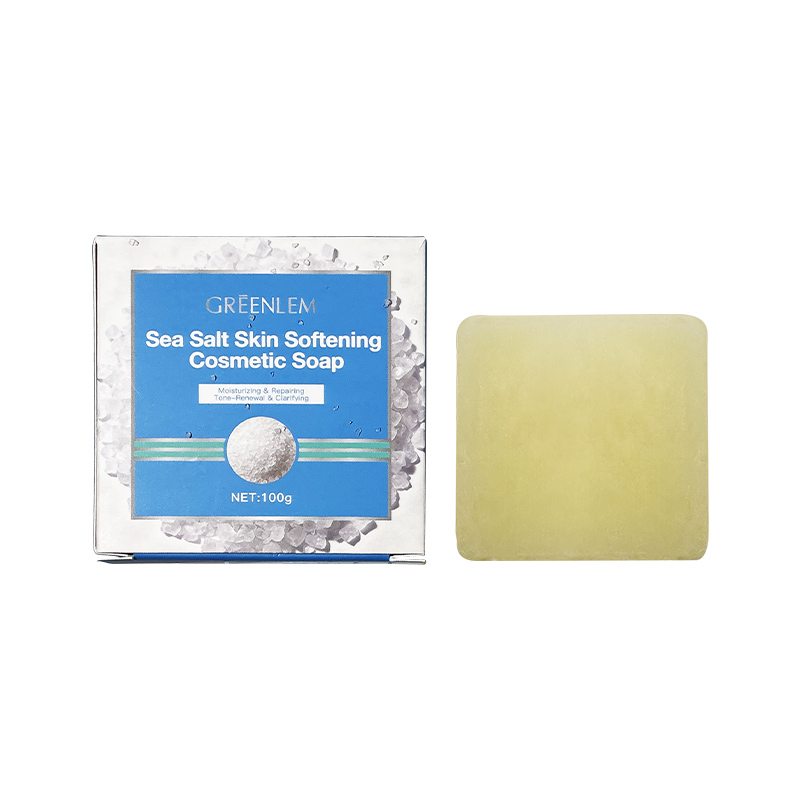Cosmetic OEM manufacturing refers to a production model where all or part of the cosmetic production process is outsourced to another company. In this model, the original manufacturer can delegate production planning and scheduling to the contract manufacturer. So, how does cosmetic OEM manufacturing schedule production?

1. Determine Product Type and Quantity
Before scheduling production, the product type and quantity must first be determined. This needs to be based on market demand and sales performance. Factors such as raw material supply and processing cycles also need to be considered.
2. Develop a Production Plan
Based on the determined product type and quantity, a production plan is developed. This plan must consider factors such as processing cycles, equipment utilization, and personnel arrangements, and a reasonable timetable must be created.
3. Assign Tasks
The developed production plan is assigned to various departments or positions, clearly defining their tasks and responsibilities. Simultaneously, each step needs to be monitored and coordinated to ensure a smooth process.
4. Monitor Progress
Throughout the production process, progress needs to be continuously monitored, and problems need to be identified and resolved promptly. If delays or quality issues occur, the production plan needs to be adjusted in a timely manner to ensure on-time product delivery. 5. Optimize Production Processes
After completing a production plan, the entire production process needs to be evaluated and summarized to identify problems and shortcomings. In the next production plan, optimizations can be made based on the evaluation results to improve efficiency and quality.
In short, production planning and scheduling for cosmetic OEM manufacturing is a complex yet crucial process. Only by rationally scheduling timelines, allocating tasks, monitoring progress, and continuously optimizing processes can on-time product delivery be guaranteed and the company's competitiveness enhanced.

